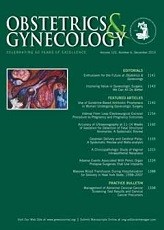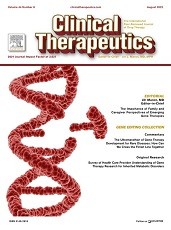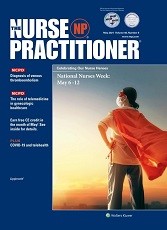Leslie Cannold

Abstract
The legitimacy of the refusal of South Australian nurses to care for second trimester abortion patients on grounds of conscience is examined as a test case for a theory of permissible limits on the autonomy of health care professionals. In cases of health care professional (HCP) conscientious refusal, it is argued that a balance be struck between the HCPs’ claims to autonomous action and the consequences to them of having their autonomous action restricted, and the entitlement of patients to care and the consequences for them of being refused such care. Conscientious action that results in the disruption or termination of health care services, however, is always impermissible on two grounds. Firstly, because it is at this point that the action ‘… invades a patient’s autonomy, puts a patient at serious risk … [and] treats a patient unjustly’ (1) Secondly, because the consequences of such refusals turn them into political acts-acts of civil disobedience. It is arguable that in order for acts of civil disobedience to be legitimate, certain obligations are required of the dissenter by the community. It is concluded that the actions of the South Australian nurses, which have over the last few years both terminated and disrupted second trimester services, are morally impermissible.
Cannold L. Consequences for patients of health care professionals’ conscientious actions: the ban on abortions in South Australia. J Med Ethics. 1994 Jun;20(2):80-86.



